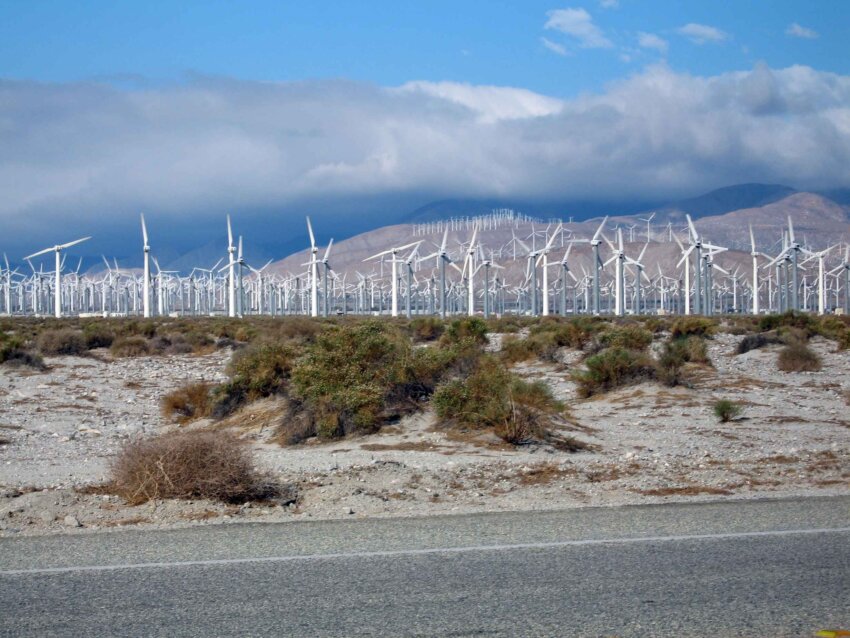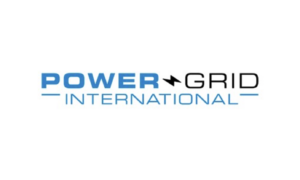
We’ve got our work cut out for us to clean up the electric grid. The fossil fuels burned to generate electricity on our electric grid are currently responsible for 25% of all CO2 emissions in the United States. Renewable energy sources, which produce no emissions, are gradually making their way online, but the power they generate needs to be consumed almost instantly or it’s wasted. When the sun is not shining and the wind is not blowing, solar and wind energy sources produce no electricity at all, and legacy fossil fuel plants burn gas or coal to make up for it.
Fossil fuel power plants have been the generators of choice for the electric grid because they can burn just the amount of fuel needed at any point of the day to meet the energy demand. They’re conventional and widespread but maintain our reliance on fossil fuels. About 60% of the U.S. electricity generation mix in 2022 was fossil fuels – coal, natural gas, petroleum, and other gases. All renewable energy sources, such as wind, solar, and hydropower, only made up about 22%.
While fossil fuel plants have become slightly more efficient over time, older, less-efficient plants have largely stayed online and are still turned on when demand on the electric grid is especially high. These older, less efficient fossil fuel “peaker” power plants are trouble for the climate in terms of emissions and pollutants, and are lousy alternatives to meaningful renewable energy deployment, but they remain operational to ensure electricity demand is met. There are still more than 1,000 peaker plants in operation across the United States and they are predominantly located in disadvantaged communities.
We’re caught in a chicken-and-egg cycle in terms of moving away from fossil fuel plants once and for all. Do we convert all our appliances and mobility options to electricity first and hope grid operators add clean energy to support the added demand? Or do we upgrade the grid to optimize renewable energy generation and ensure uninterrupted supply to all utility customers before we electrify?
The answer is yes, as in yes, we need to do both simultaneously. The rate at which the globe is warming calls for no hesitation in our efforts to decarbonize, which involves both upgrading the grid and electrifying end use applications.
Renewables are only effective when the sun is shining and the wind is blowing; if renewable energy is the future, whether that be wind, solar, or hydroelectric, we need to install a lot of battery storage in order to ensure stability and availability. For every megawatt of renewable energy generation we bring online, we need battery storage to act as a supply buffer for off-hours demand.
So, how much energy storage do we need to completely clean up the electric grid and make this possible? The various applications of energy storage systems, including energy shifting, peak shaving, residential and commercial storage, and more, all demand a certain duration of hours (in some cases, days or weeks) of energy storage capacity.
US researchers suggest that by 2050, approximately 930 gigawatts (GW) of power and six and a half hours of capacity will be needed to fully cover demand for electricity in the United States in order to provide 94% of electricity from renewable sources. 930GW and six and a half hours of capacity comes out to 6 terawatt hours (TWh) of energy storage capacity. For reference, at the end of 2022 there were 11,053 megawatts, or 11 gigawatts, of energy storage deployed to the United States grid. This means we need more than eighty-five times the energy storage we have today to fully decarbonize the electric grid.
This is a daunting task, and it means we need to explore low-cost opportunities to deploy as much storage as possible. High costs and safety (needing appropriate permitting and siting for energy storage projects) have been the largest barriers to date towards increased deployment of storage. Fortunately, alternative energy storage solutions are coming online that leverage fundamental low-cost and safety, such as the batteries being developed here at AlsymTM Energy.
Alsym batteries are designed with low-cost, readily available and earth abundant materials, that are also inherently non-flammable and non-toxic. By leveraging these qualities we hope to enable mass electrification of the electric grid, in the US and beyond, to move the needle towards that 930GW/6TWh requirement. If we continue business as usual with lithium-ion batteries and their inescapable high cost and safety problems, there is virtually no way we will meet our goal of completely cleaning up the US electric grid by 2050.





